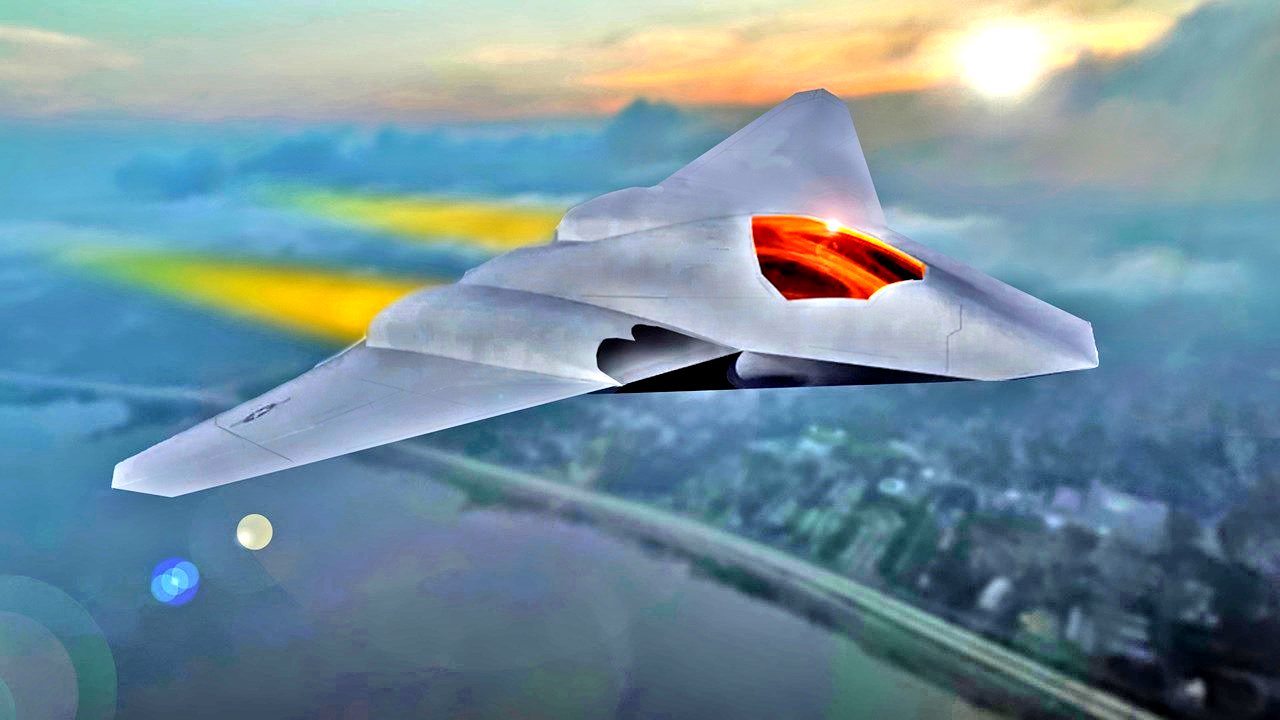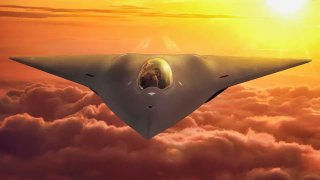$300,000,000 Per Plane: The NGAD Fighter 'Pause' Is the Right Call
The so-called “pause” in the NGAD procurement process is a blessing. At the very least, it will force the Air Force to innovate the sclerotic acquisitions process at the Pentagon truly.
Summary and Key Points: The U.S. Air Force's Next-Generation Air Dominance (NGAD) sixth-generation warplane is facing criticism due to its exorbitant cost—projected at $300 million per unit—and doubts about its effectiveness in the face of advanced enemy anti-access/area-denial (A2/AD) systems.

-The program has been paused to reassess its feasibility and cost-effectiveness, signaling a shift in how the military approaches weapons development.
-Some suggest focusing on a more adaptable, cheaper "light fighter" concept that could quickly integrate new technologies.
-This pause might prompt a much-needed overhaul of the Pentagon's acquisition process.
NGAD Program Paused: Is the Air Force's Sixth-Generation Fighter a Boondoggle?
It’s being called the Air Force’s next trainwreck. The Next-Generation Air Dominance (NGAD) sixth-generation warplane has been touted as the next great innovation to hit the unfriendly skies.
But its price tag is absurdly high, it will unlikely ever live up to its hype, and the Air Force needs to refocus its energies and money on more practical platforms.
After promising to continue pressing forward with the program, the Air Force initiated a “pause,” recognizing that even the Air Force’s bloated budget would not be able to sustain this monstrosity. Of course, there were other considerations besides cost.
But the costs should be the first aspect that’s analyzed.
NGAD: How Much Fighter is Too Much?
To replace the F-22A Raptor fifth-generation warplane, the NGAD was expected to cost—hang onto your helmets—around $300 million per unit.
That, and the fact that the plane is basically an experimental “system of systems” (to use a Chinese saying), means that building it will be a costly and difficult affair (to say nothing of maintaining it).
Plus, the rise of advanced unmanned systems cuts into the efficacy of the NGAD’s manned sixth-generation warplane concept. Besides, traditional air superiority, the Air Force’s raison d’etre, might no longer be possible as American rivals have established credible anti-access/area-denial (A2/AD) systems to stymie US power projection.

All that money and time spent building a plane that might be useless in a conflict with a near-peer competitor in possession of a robust A2/AD network sounds like a nightmare.
There’s another reason behind the Air Force’s decision to suspend the development of the NGAD as it was proposed. The Pentagon is rightly seeing that things must change in the way they acquire weapons platforms. Whereas in the wake of the Cold War, the so-called “unipolar moment” that America enjoyed, Washington could build systems for longevity (think the F-22A Raptor and F-35 Lightning II). In today’s dynamically unstable era, America requires systems that can adapt quickly to the changing environment rather than systems built for longevity.
At the very least, then, a fundamental rethinking of the way the NGAD program is taking place is needed, to ensure the US makes the best investment it can.
Another concept that’s being bandied about is the idea that General David Alvin mentioned over the summer—what he called a “notional light fighter concept.” According to the Air Force general, a light fighter would solve all the problems. It’d be cheaper. Such a system would be adaptable. What’s more, a “light fighter” concept would be built to last that could rapidly integrate new technologies to stay ahead of America’s adversaries.
Toward a New Acquisitions Process
Whether the Air Force ultimately decides to go forward with the wasteful NGAD program or to embrace a fully unmanned system or simply a “light fighter” concept, the fact remains that the Air Force, like the Navy, is recognizing that they cannot simply behave as though it’s still 1986. There are real limitations to that which they seek to accomplish and, unless those limits are better recognized, the Air Force will be left with nothing.
The so-called “pause” in the NGAD procurement process is a blessing. At the very least, it will force the Air Force to truly innovate the sclerotic acquisitions process at the Pentagon.
Author Experience and Expertise: Brandon J. Weichert
Brandon J. Weichert, a National Interest national security analyst, is a former Congressional staffer and geopolitical analyst who is a contributor at The Washington Times, the Asia Times, and The-Pipeline. He is the author of Winning Space: How America Remains a Superpower, Biohacked: China’s Race to Control Life, and The Shadow War: Iran’s Quest for Supremacy. His next book, A Disaster of Our Own Making: How the West Lost Ukraine, is due October 22 from Encounter Books. Weichert can be followed via Twitter @WeTheBrandon.
All images are Creative Commons or Shutterstock.
From the Vault
Russia Freaked Out: Why the U.S. Navy 'Unretired' the Iowa-Class Battleships
Battleship vs. Battlecruiser: Iowa-Class vs. Russia's Kirov-Class (Who Wins?)


